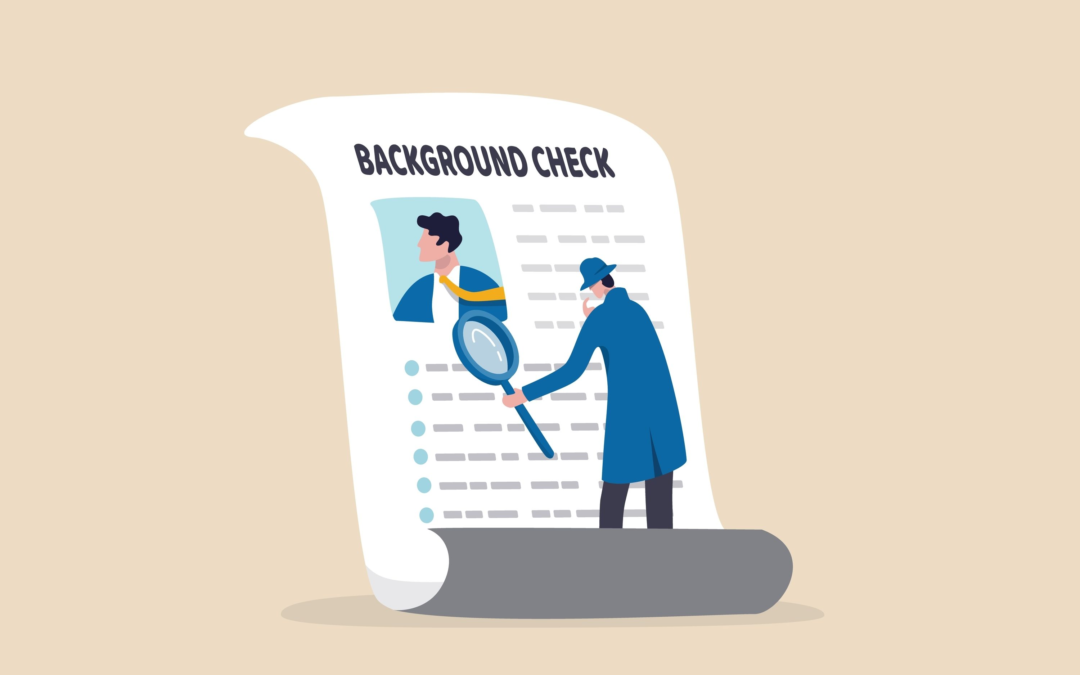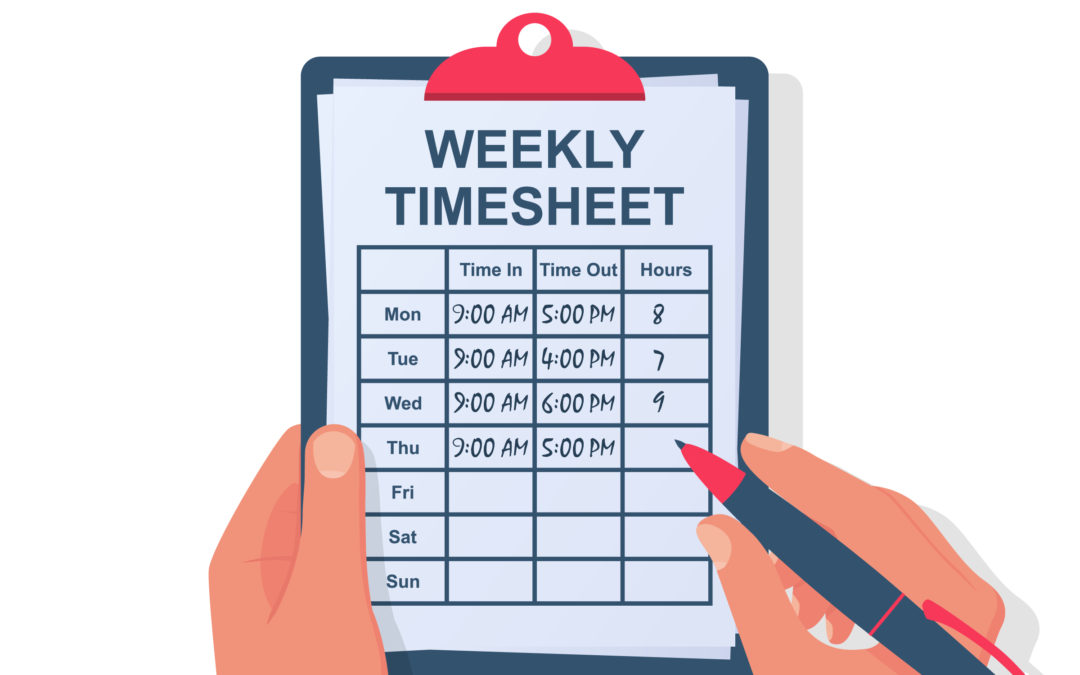The Hidden Costs of Outdated HR and Payroll Practices: Why Modernization is Essential
Did you know that outdated HR and payroll practices can have significant financial implications for your business? According to a recent study, companies relying on outdated systems spend up to 22% more on administrative tasks and face a 55% higher risk of compliance penalties. In this blog post, we’ll explore the hidden costs associated with outdated practices and demonstrate how modernizing your HR and payroll processes can lead to substantial cost savings for your organization.
In today’s fast-paced business world, optimizing efficiency and minimizing costs are essential for long-term success. Unfortunately, many businesses continue to rely on outdated HR and payroll practices, unaware of the financial burdens they impose. In this blog post, we’ll delve into the financial implications of relying on outdated systems, including the costs associated with errors, compliance issues, and inefficiencies. We’ll also provide examples of how modernizing HR and payroll processes can lead to significant cost savings.
In this blog post, we’ll explore the hidden costs of outdated HR and payroll practices and highlight the financial benefits of modernizing these crucial business functions. By understanding the potential financial pitfalls of relying on outdated systems, you’ll be better equipped to make informed decisions that contribute to your organization’s financial health.
Costly Errors and Rectification
Outdated HR and payroll practices are prone to errors, which can lead to financial consequences. For example, manual data entry errors in payroll calculations can result in incorrect paychecks and underpayment or overpayment of employees. Rectifying these errors not only requires additional time and resources but also risks damaging employee trust and satisfaction. By modernizing your HR and payroll processes, you can automate calculations, reducing the likelihood of errors and minimizing the costs associated with rectification.
Compliance Penalties and Legal Risks
Compliance violations can result in hefty penalties and legal risks that impact your organization’s finances. Outdated HR and payroll practices make it challenging to keep up with evolving labor laws and regulations, increasing the risk of non-compliance. This includes errors in tax filings, failure to maintain accurate records, and improper classification of employees. Modern HR and payroll systems provide built-in compliance features, ensuring accurate reporting, reducing the risk of penalties, and safeguarding your organization’s financial stability.
Inefficiencies and Increased Administrative Costs
Outdated HR and payroll practices rely on manual processes, which are time-consuming and inefficient. HR administrators spend valuable hours on administrative tasks such as data entry, filing paperwork, and responding to employee inquiries. By modernizing your HR and payroll processes with automated software, you can streamline these tasks, freeing up valuable time for strategic initiatives. This not only improves overall efficiency but also reduces administrative costs, allowing resources to be allocated to more impactful areas of your business.
Cost Savings through Process Optimization
Modernizing your HR and payroll processes can lead to substantial cost savings. For instance, automating time and attendance tracking can eliminate time theft and reduce payroll inaccuracies, resulting in direct cost savings. Additionally, self-service capabilities offered by modern systems empower employees to access and update their information independently, reducing administrative workload and minimizing errors. Integrating HR and payroll systems also enables better data analysis, identifying areas for cost optimization and ensuring accurate budgeting.
Key Takeaways Summary
-
Outdated HR and payroll practices result in costly errors, compliance penalties, and inefficiencies that drain financial resources.
-
Modernizing HR and payroll processes can lead to cost savings through reduced errors, streamlined compliance, increased efficiency, and optimized resource allocation.
-
Automation and self-service capabilities minimize administrative costs, while integrated systems provide accurate data for strategic decision-making.
-
By modernizing HR and payroll, businesses can enhance financial stability and allocate resources effectively.
The hidden costs of relying on outdated HR and payroll practices can significantly impact your organization’s financial health. From costly errors and compliance penalties to inefficiencies and increased administrative expenses, these outdated practices drain valuable resources and hinder growth. However, by embracing modern HR and payroll software, businesses can unlock substantial cost savings and improve overall financial stability.






